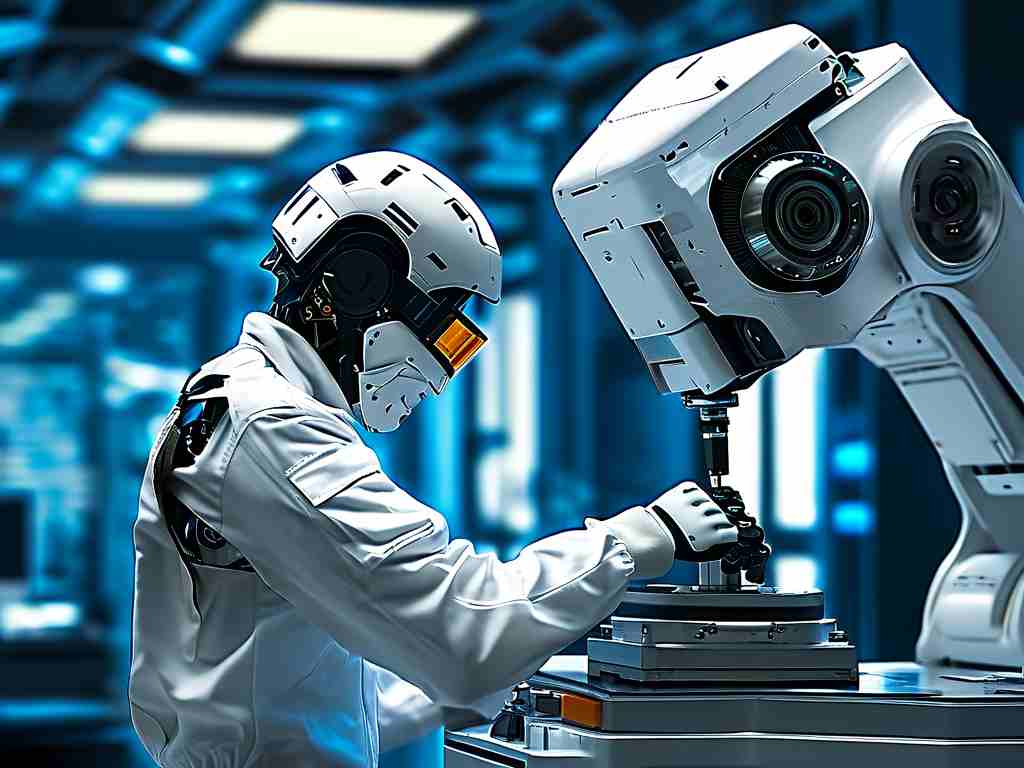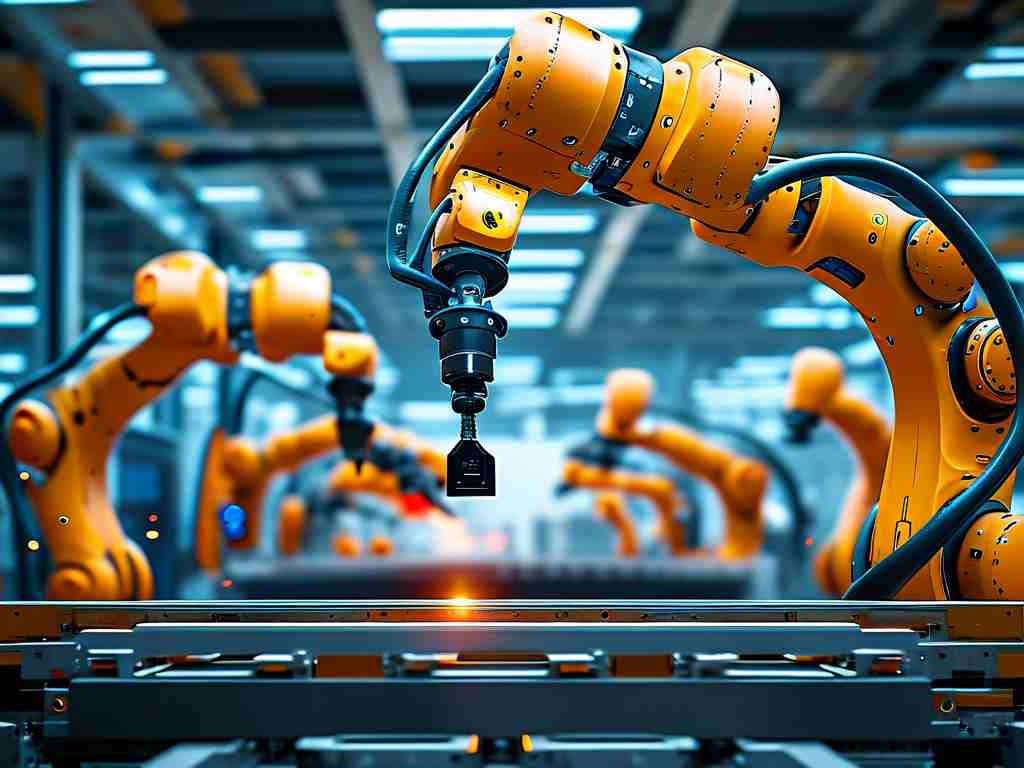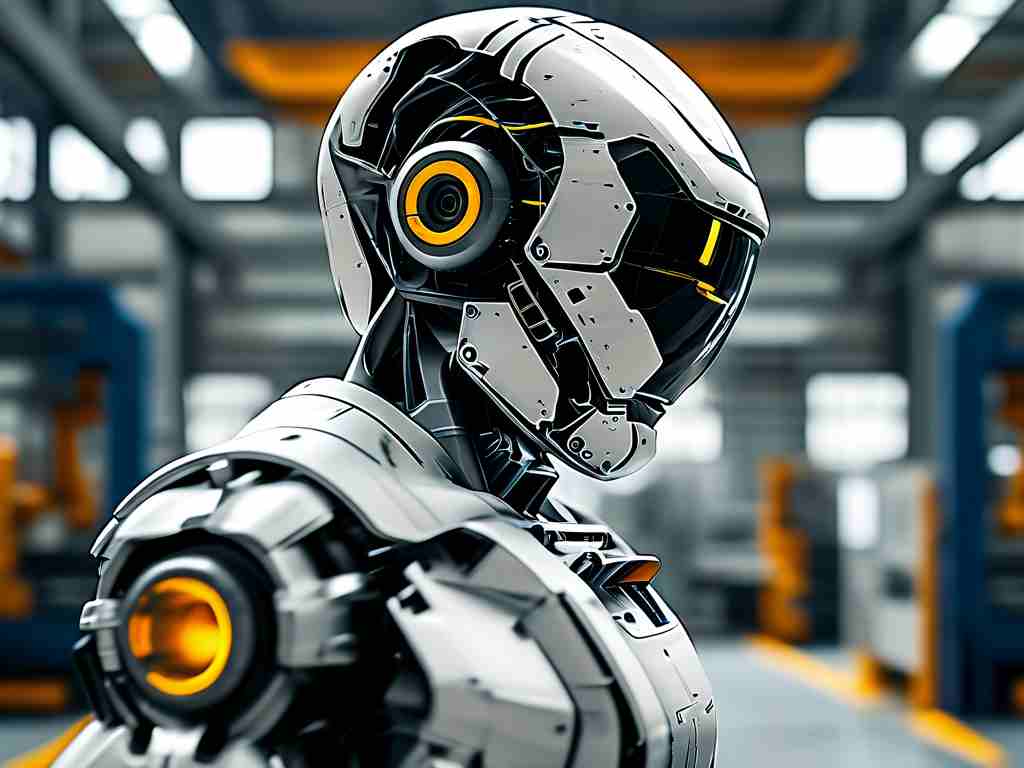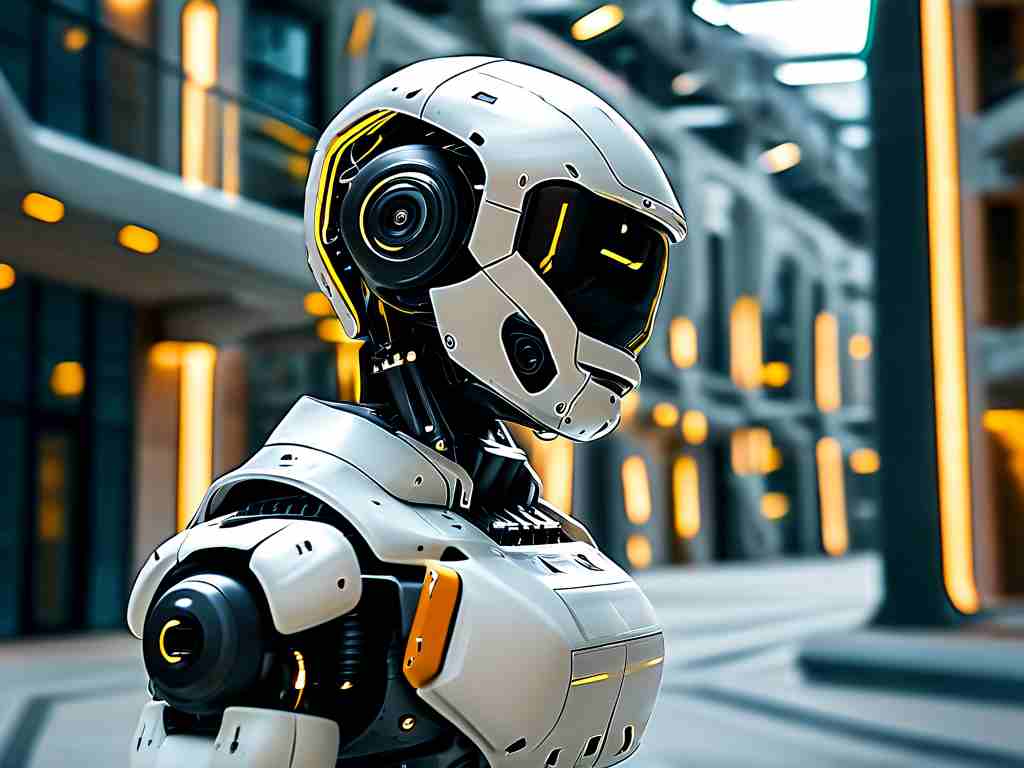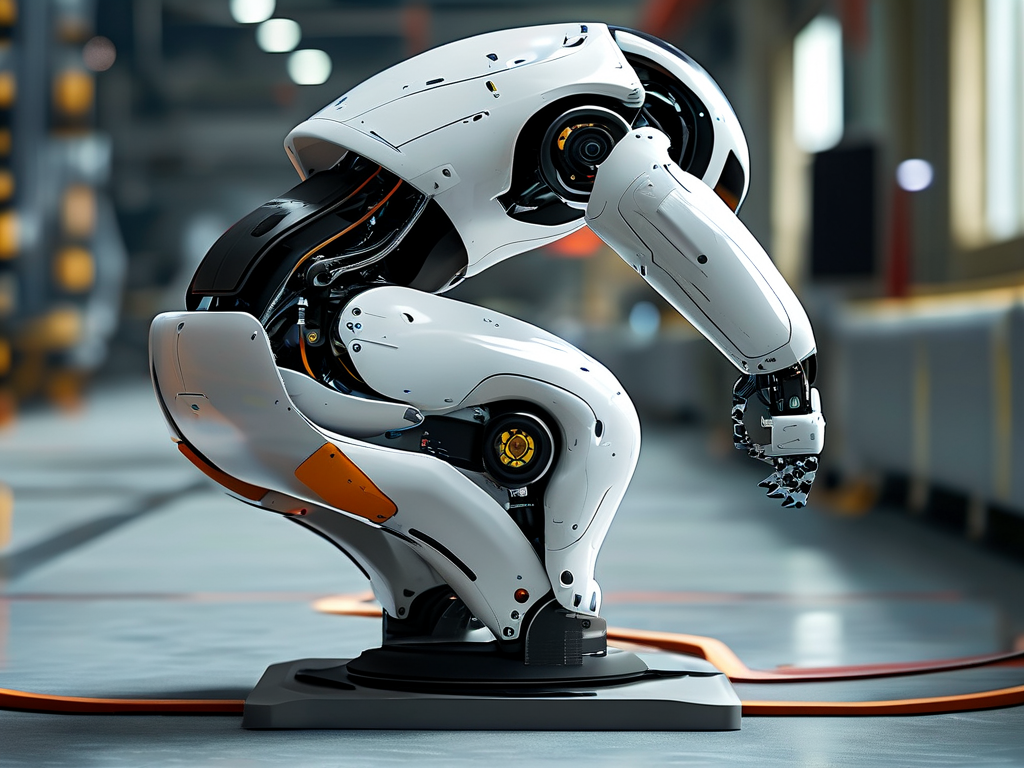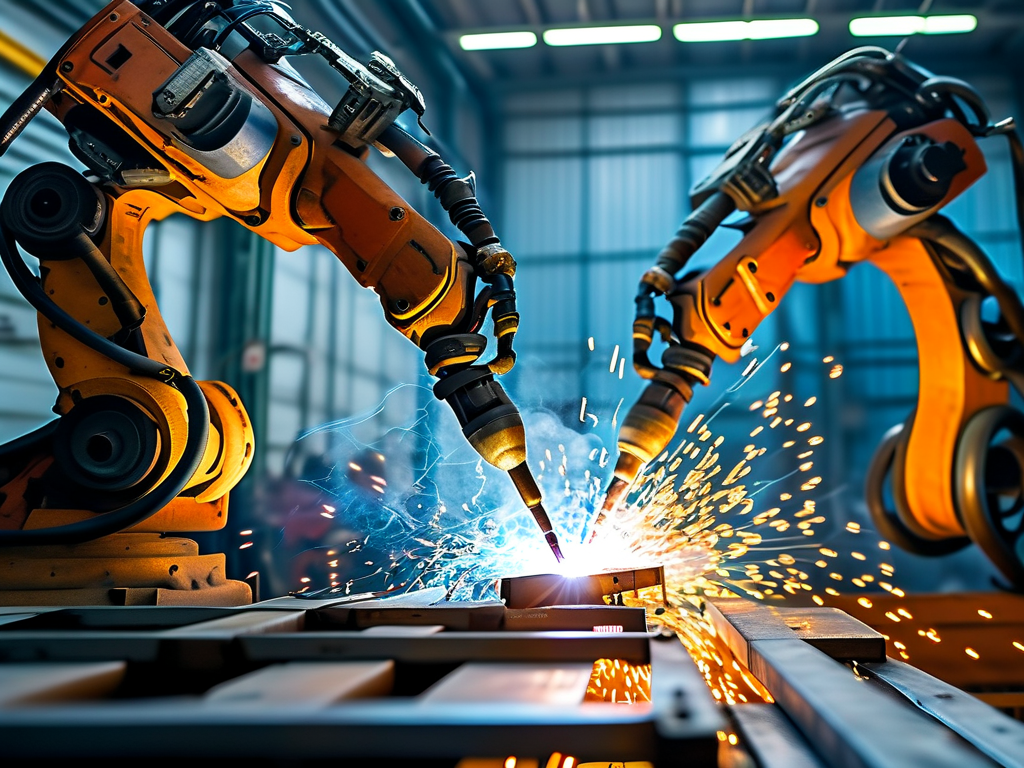Iron Egg Robotics, a cutting-edge innovation in automation, has garnered attention for its unique design and advanced operational capabilities. This article delves into the foundational technologies driving its functionality, offering insights into its mechanical architecture, sensory systems, and algorithmic frameworks.
Mechanical Design and Structural Integrity
At the heart of Iron Egg Robotics lies a hybrid kinematic structure combining serial and parallel mechanisms. Unlike conventional robots reliant on rigid joints, Iron Egg employs a modular linkage system with carbon-fiber-reinforced actuators. These actuators enable 360-degree rotational flexibility while maintaining a weight-to-strength ratio of 1:8.5, a feat achieved through generative design algorithms that optimize material distribution. The chassis incorporates a patented shock-absorption matrix, allowing stable operation across uneven terrains with inclination angles up to 35 degrees.
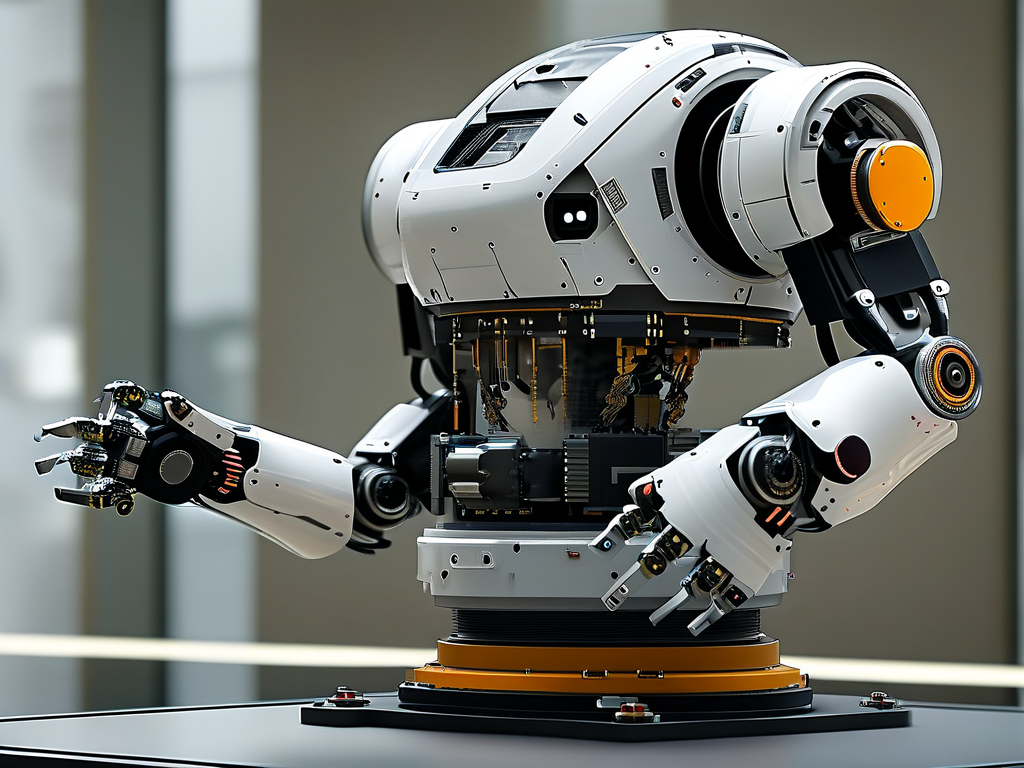
Multimodal Sensory Integration
Iron Egg’s environmental perception relies on a fusion of LiDAR point clouds and RGB-D camera data, processed through a custom SLAM (Simultaneous Localization and Mapping) engine. What sets it apart is its adaptive resolution adjustment – the system dynamically shifts between 0.1° and 0.5° angular resolution based on movement speed, conserving computational resources. Tactile feedback is provided by piezoelectric polymer arrays embedded in gripper surfaces, capable of detecting pressure variations as subtle as 0.2 Newtons.
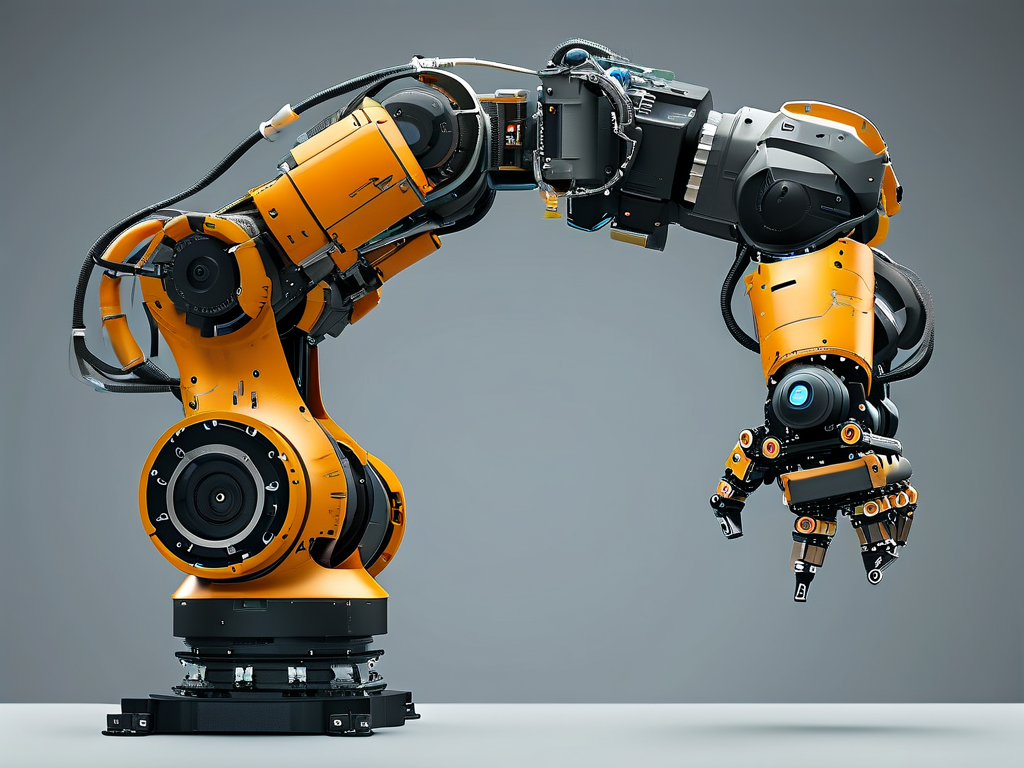
Neural Control Architecture
The control system operates on a hierarchical neural network comprising three layers:
- A low-frequency reflex layer (10Hz refresh rate) handling collision avoidance
- A mid-level decision layer (50Hz) managing path planning
- A high-level cognitive layer (1Hz) overseeing task interpretation
This architecture enables real-time response latencies below 8ms while executing complex maneuvers. The proprietary "NeuroEgg" algorithm employs spiking neural networks to simulate biological learning patterns, allowing the robot to adapt to new tasks with 40% fewer training cycles compared to traditional deep reinforcement learning models.
Power Management Innovations
Energy efficiency is achieved through a dual-source power system combining solid-state batteries with supercapacitors. During high-torque operations, the supercapacitor delivers burst energy pulses up to 2kW for 500ms durations, while the main battery handles sustained workloads. A self-regulating thermal management system uses phase-change materials to maintain optimal operating temperatures between -20°C and 55°C without active cooling.
Software Ecosystem
Iron Egg’s software stack is built on ROS 2 (Robot Operating System) with custom modifications for real-time performance. The middleware includes a unique "task virtualization" module that abstracts hardware capabilities into service-oriented APIs. Developers can program the robot using a visual scripting interface or direct Python/C++ SDK access. Security is enforced through lattice-based cryptographic protocols, ensuring resistance against quantum computing attacks.
Applications and Future Directions
Current industrial deployments focus on precision assembly tasks requiring ±5μm accuracy, while experimental agricultural versions demonstrate vine pruning capabilities using spectral analysis of plant bio-markers. Ongoing research aims to integrate quantum inertial sensors for GPS-denied navigation and develop bio-degradable polymer components for eco-sensitive environments.
As Iron Egg Robotics continues evolving, its blend of biomimetic design principles and computational intelligence sets new benchmarks for adaptive automation. The technology not only redefines robotic capabilities but also prompts crucial discussions about human-machine collaboration in next-generation smart ecosystems.


